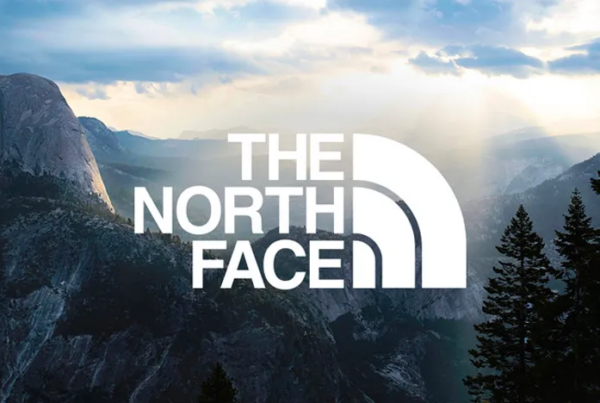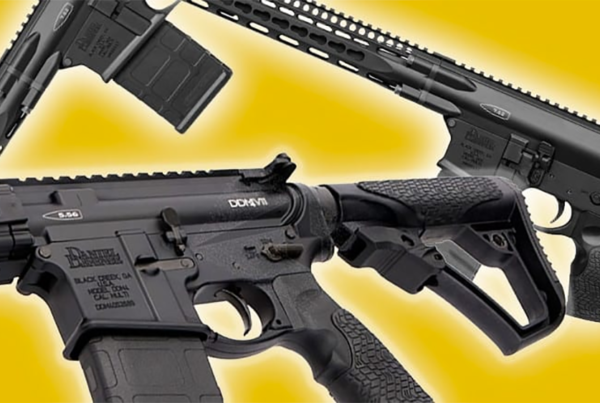
To discover what your brand stands for—you must start by asking your customers/clients the right questions.
By asking the wrong questions, you can completely miss the most important insights of how people view and feel about your brand.
As a marketer, you may have been tasked to rebrand your company or improve your brand’s performance. Within the brand development process one of the best ways to understand if your message and reputation is where you want it to be—is to interview your stakeholders and customers or clients.
In this article, I’ll share six points that will help you ask the right questions to accurately identify your customers/client’s perceptions, beliefs, feelings and motives. Your findings will give you a rich insight into how your brand is perceived and will equip you to build a more effective brand.
Brand interviews should consist of the following:
- Basic demographic information
- Brand experiences
- Brand understanding
- Frequented marketing channels
- Feedback on how to improve the brand’s product or service.
The interview should only last about 30 minutes and consist of 10-15 questions (max). It may be necessary to create three different questionnaires depending on whom you’re interviewing. As an example, customer questions will be different than partner or internal stakeholder questions.
So let’s dig in…
1. Understand your industry’s challenges
To begin forming your questions, begin by looking at your industry. Every industry has some kind of challenge. Identify what those challenges or pain points are. Here are a few examples:
- Healthcare — regulation
- Medical Device — limited creative
- Estate Planning — customer retention
- Construction — antiquated processes
- Retail — customer interest
- Utilities — customer service
To get some background, start by doing some internet research to familiarize yourself with common industry obstacles and category imperatives. Twitter is a great place to start to locate industry news sources. This will give you a good foundation and help you in drafting your initial list of questions.
2. Interview your brand’s key stakeholders
The second step is to benchmark your investigation. Start with your company’s key stakeholders. This may include the CEO, COO, CTO and Sales Director. A lot of times, they will have insight that you may not have known or realized. Make sure to schedule your time via email well in advance. Try to pick a day where they are not too busy. Be aware and prepared to answer any potential skepticism. Their answers will give you a foundation of knowledge to test against.
3. Interview your brand’s customers
To begin the customer survey, get buy-in from your stakeholders to conduct the interview and get feedback on the questions you want to ask. The best place to start is with your social media followers as they have already opted in to receive communication from you. Depending on how large of company you are, you may be able to personally email your customers to arrange the interviews.
Don’t rule out those passive-silent customers/clients. Their experiences with your brand are just as important to understand as those following you on social media. Make sure you have a variety of people to draw from. Interview your happiest customers as well as the ones who have constant complaints.
Interview Tip: You will encounter difficulty with scheduling. I suggest asking 2-3 interviewees at a time over the course of 2-3 days. Use a tool like Sidekick to ensure your emails are received.
Interview 15-20 people (or as many as you can as time allows) and make sure to follow the same format throughout. If you are a bigger company, you may want to hire a marketing research firm. Remember, the better the questions, the better your investigation will be.
It may be necessary to send out an online survey through Survey Monkey for larger samples.
Interview Tip: Don’t ask leading questions, focus your questions on getting a specific answer, don’t interrupt and try to transition naturally.
4. Analyze your answers
After you’ve completed each individual interview, write your responses on a whiteboard of what stood out to you and begin to look for potential trends.
5. Create your buyer personas
What is a buyer persona? Buyer personas are fictional representations of your ideal customers. They are based on real data about customer demographics and online behavior, along with educated speculation about their personal histories, motivations, and concerns.
Your brand is not what you say it is, it’s what your customers/clients say it is.
By creating buyer personas, you will be able to focus your brand’s messaging, content and visuals to your customers/clients more effectively.
6. Brand alignment
As your interviews come to conclusion—your brand should begin to rise to the top. You should begin to see differences between what your company says versus what your customers say about your brand.
The interviews will prepare you to conduct an educated and insightful brand discovery session where you will drill more into the internal side and business strategy of the brand. More to come on this later…
In conclusion, to begin the development of your brand, start by conducting industry research online, interview your key stakeholders, interview your customers, analyze your responses for misalignment and look for trends. Create your buyer personas to laser focus your messaging, visual and content.





